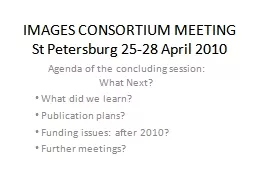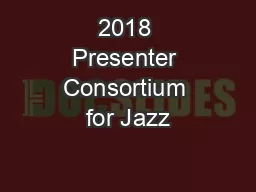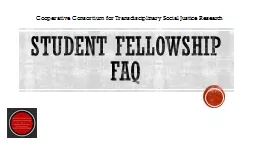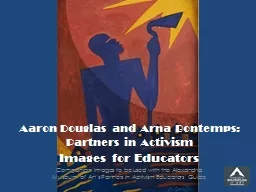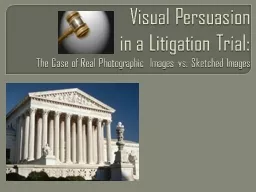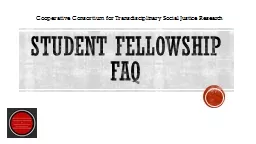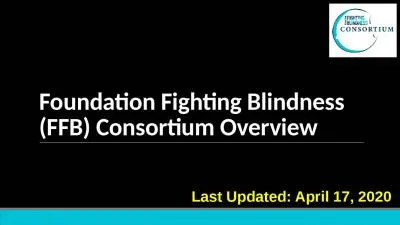PPT-IMAGES CONSORTIUM MEETING
Author : phoebe-click | Published Date : 2015-10-14
St Petersburg 2528 April 2010 Agenda of the concluding session What Next What did we learn Publication plans Funding issues after 2010
Presentation Embed Code
Download Presentation
Download Presentation The PPT/PDF document "IMAGES CONSORTIUM MEETING" is the property of its rightful owner. Permission is granted to download and print the materials on this website for personal, non-commercial use only, and to display it on your personal computer provided you do not modify the materials and that you retain all copyright notices contained in the materials. By downloading content from our website, you accept the terms of this agreement.
IMAGES CONSORTIUM MEETING: Transcript
Download Rules Of Document
"IMAGES CONSORTIUM MEETING"The content belongs to its owner. You may download and print it for personal use, without modification, and keep all copyright notices. By downloading, you agree to these terms.
Related Documents

